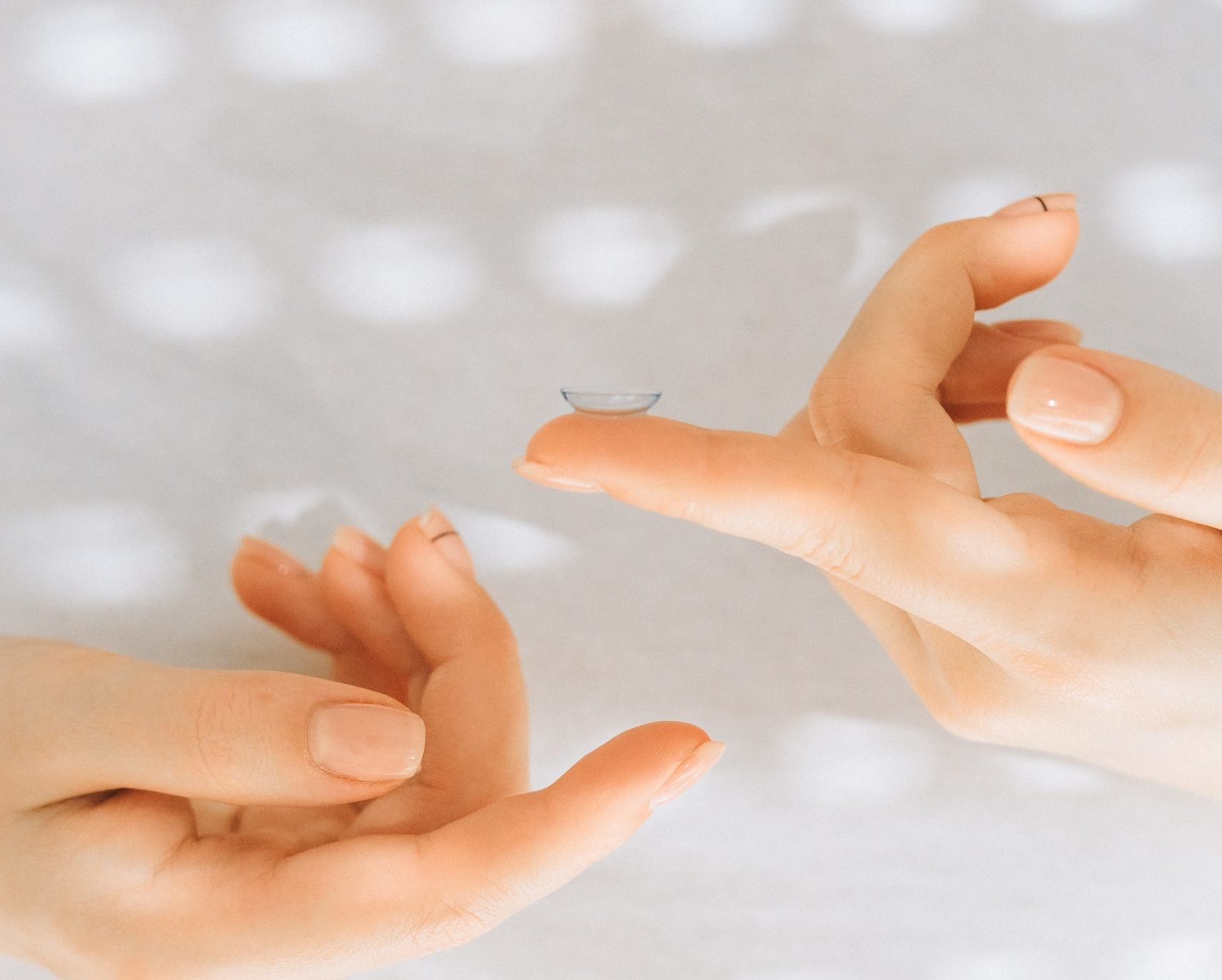Contact Lenses
Do you have trouble with glasses?
Are you unable to wear them for your favorite activities?
The British Contact Lens Association proposes contact lens wear as a safe, effective, stable, and reversible alternative to refractive surgery. Contact lenses convenient and simple to use and will expand our lifestyle choices.
Whether this is the first time you’ve thought about getting contacts or if you’re due for a refitting, let’s go over what to expect during a fitting and get you up-to-date on the latest in contact lenses.
Contact lens fitting process
Our goal is to accurately assess the multiple internal and external influences on vision while achieving maximum patient comfort during each step.
A comprehensive eye exam is the best place to start.
This will allow your optometrist to evaluate the basic factors which indicate the need and usefulness of contact lenses. What’s more, we can discuss which properties of lenses are most important for your career, hobbies, and other daily activities.
Your ability to produce tears can determine the right type of lenses.
“Tear film” is the term used for the 3-layer covering that hydrates the outermost eye surface. Eye dryness can be a major obstacle for those with improperly fitted contact lenses. We evaluate this to determine if you need special lenses to help retain moisture.
The curve of your cornea and your lens should be a perfect match.
We use a device called corneal topographer to accurately map the curvature of the front surface of your eye, or cornea. This ensures that the fit of each lens is perfect.
Underlying and undetected eye disease can complicate contact lens use.
As part of a comprehensive eye exam, we can detect underlying conditions that affect lens use later on. Attending a routine eye examination improves early detection and prevention of vision-related diseases.

Your Contacts
Follow-up appointments make sure you get the best lenses.
Schedule your eye exam to start the process of better, more comfortable vision that matches your lifestyle!

